
New temperature sensors have been installed at Cwm Idwal, in an effort to help protect the National Nature Reserve's rare plants from damage by over-keen winter climbers.
The recent snow in Eryri (Snowdonia) will have got many climbers excited. But snow alone isn't enough to indicate good frozen conditions underneath, and using axes and crampons on unfrozen turf can severely damage the rare plant species for which the Idwal area is well known.
To help avoid this, the British Mountaineering Council (BMC) and Natural Resources Wales set up the Cwm Idwal Winter Monitoring System in 2013, placing sensors at high altitude in the cwm to record the temperature of the air and ground at various depths. The data is transmitted down to the Cwm Idwal Information Centre, and from there to the climbing public, allowing them to make informed decisions in judging whether conditions are appropriate before leaving home.
The project has proved popular, but almost 10 years later the equipment needed to be updated, say the National Trust Cymru, one of the organisations involved in the Cwm Idwal Partnership, which has been working with the (BMC) to upgrade the service.
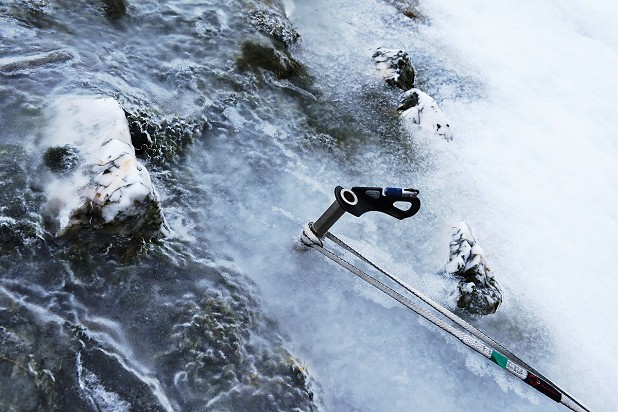
Rhys Wheldon-Roberts, Cwm Idwal Partnership Officer, said: "This project has been very successful over the years, and I'm so pleased these upgrades will mean the continuation of the project for many more years to come.
"Cwm Idwal is home to some of Wales' rarest plant species, including arctic-alpine species such as the Snowdon Lily and Purple Saxifrage, but it also attracts thousands of visitors who enjoy the area for recreation. This project is a fine example of how conservation and outdoor recreation can work together to care for and enjoy our environment."
The temperature data can be viewed on the BMC's website and via a touch screen at the Cwm Idwal Information Centre. Usefully, the new equipment will also allow historical data to be displayed.
Tom Carrick, BMC Access and Conservation Officer, said: "This is really exciting to have this joint projected updated, the new data will hopefully be much more reliable and can be used to help protect high alpine plants in Cwm Idwal. Although it might be tempting to get out and winter climb whenever there is snow on the ground, this data should become a daily check like looking at the weather forecast before heading out winter climbing."
Further info on responsible winter climbing can be found in the North Wales White Guide.



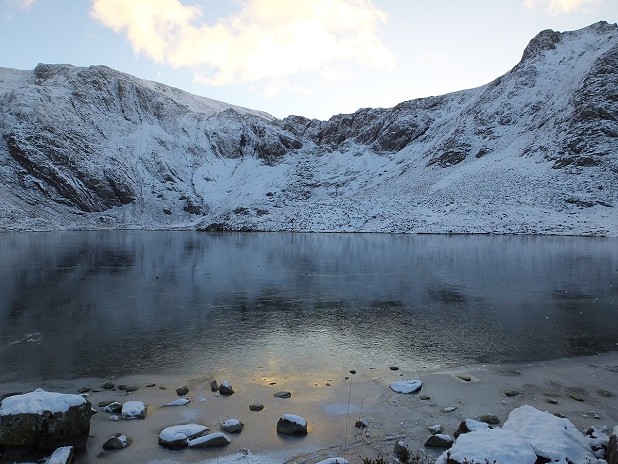







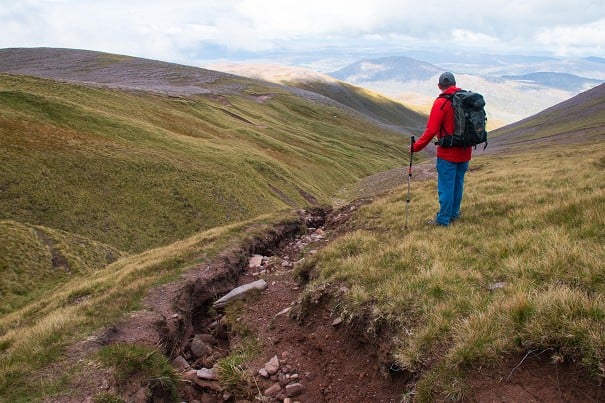
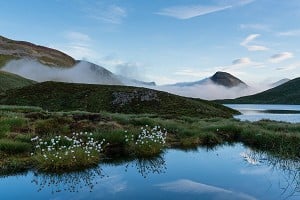
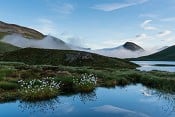


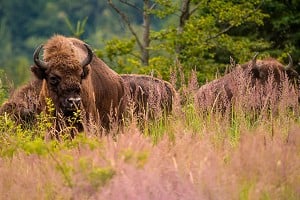



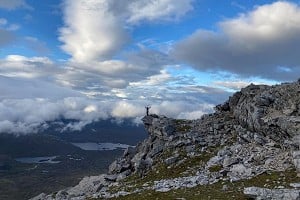
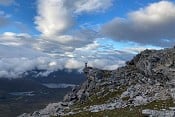
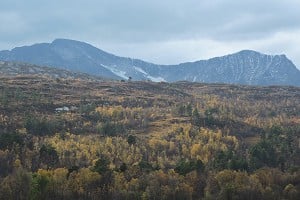

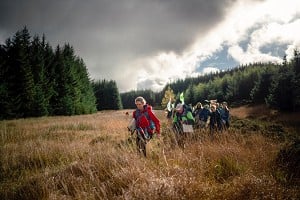
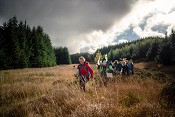
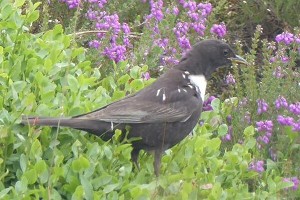
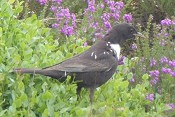
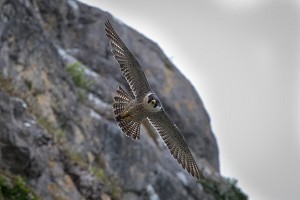


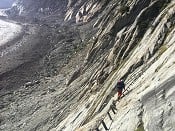
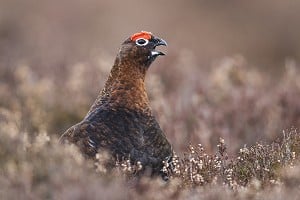
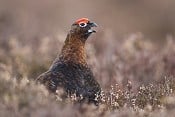
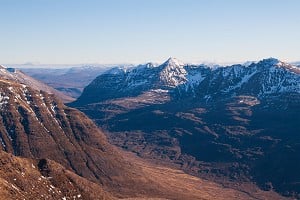
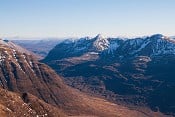
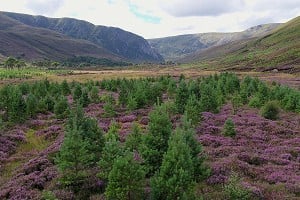

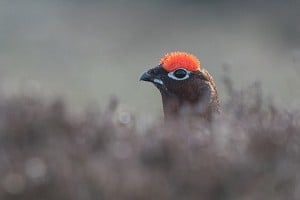
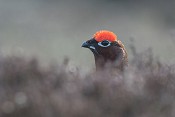


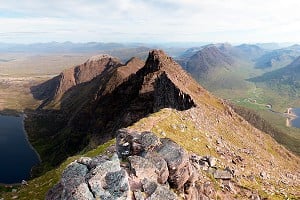

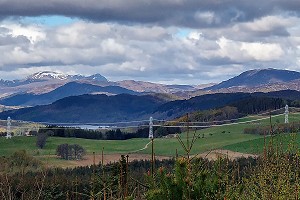
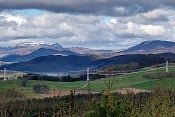
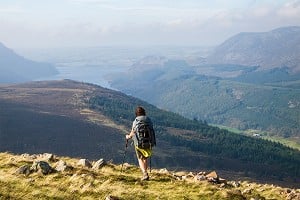

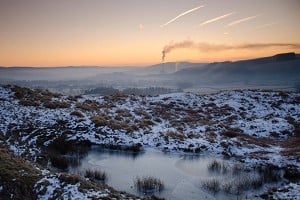
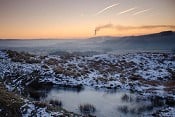
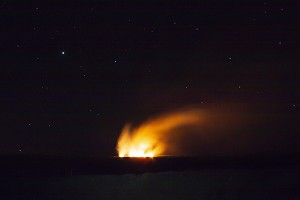
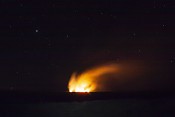



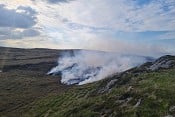
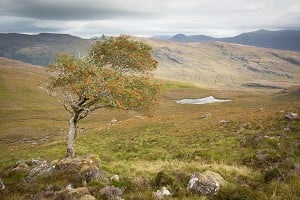
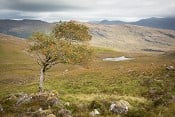

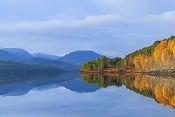
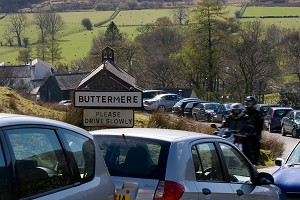
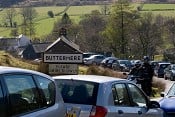
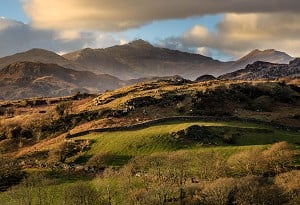
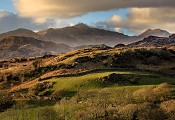
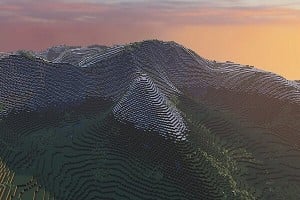

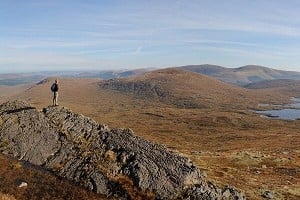
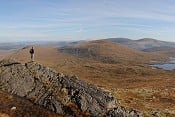
Comments